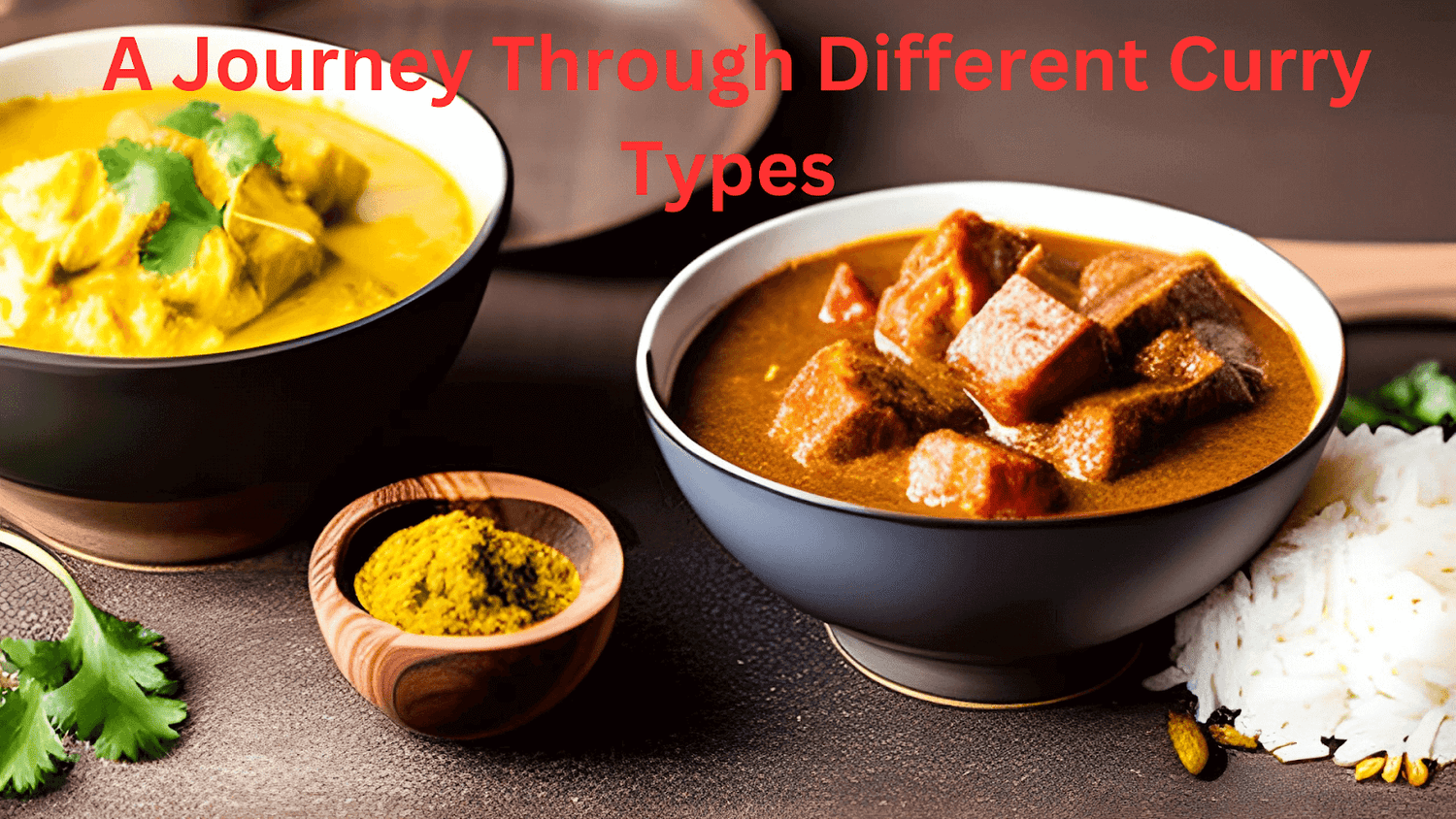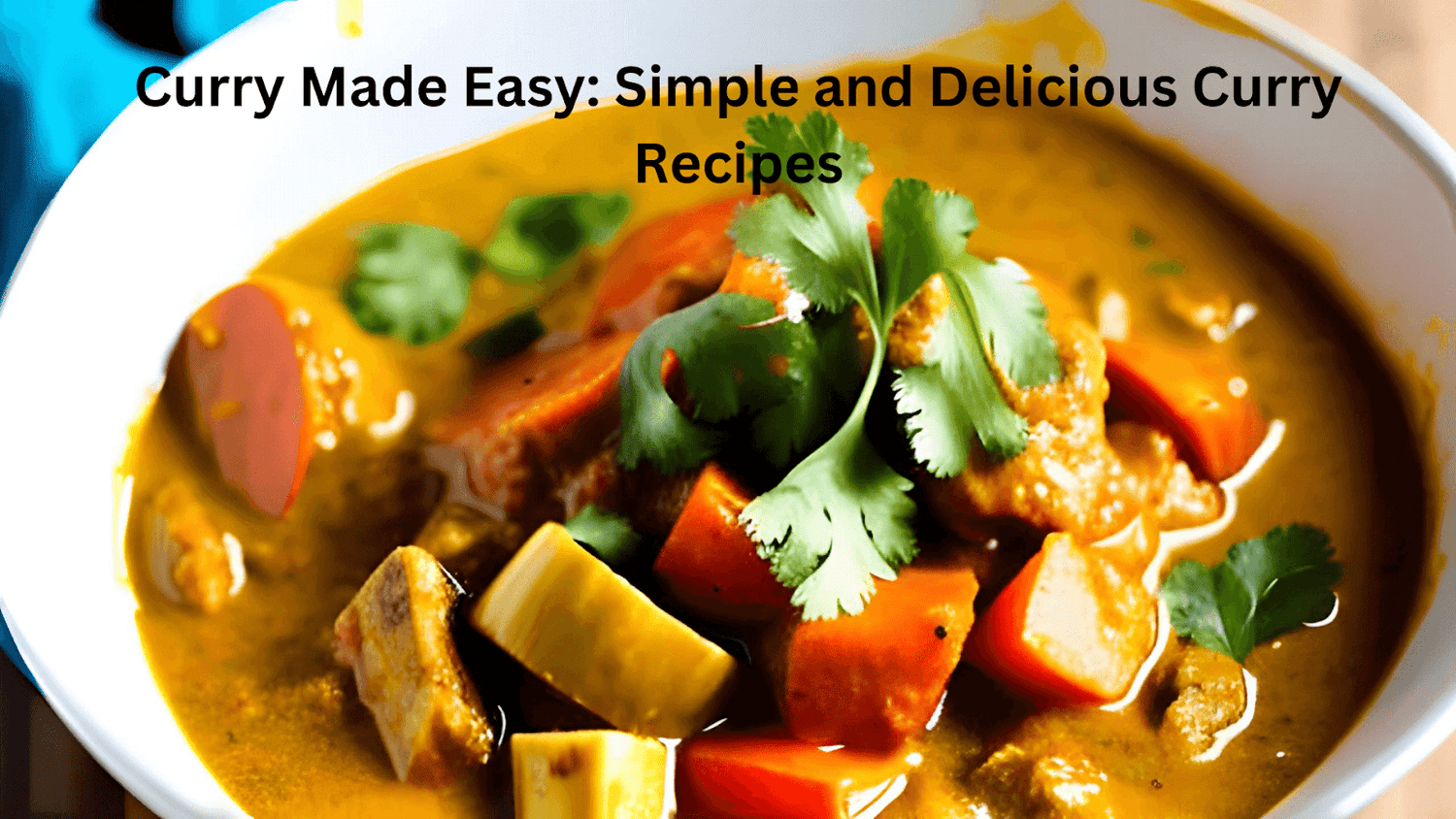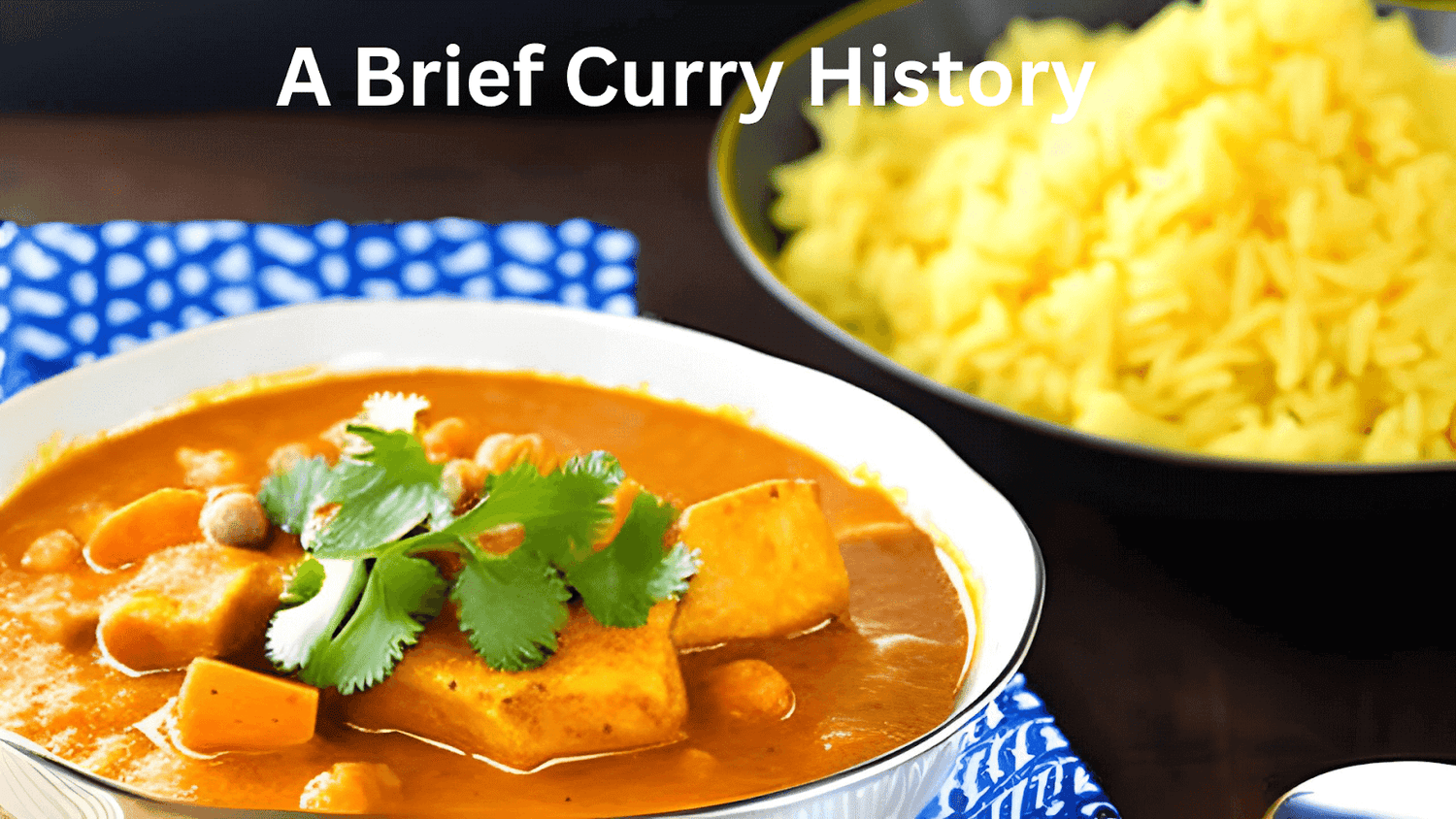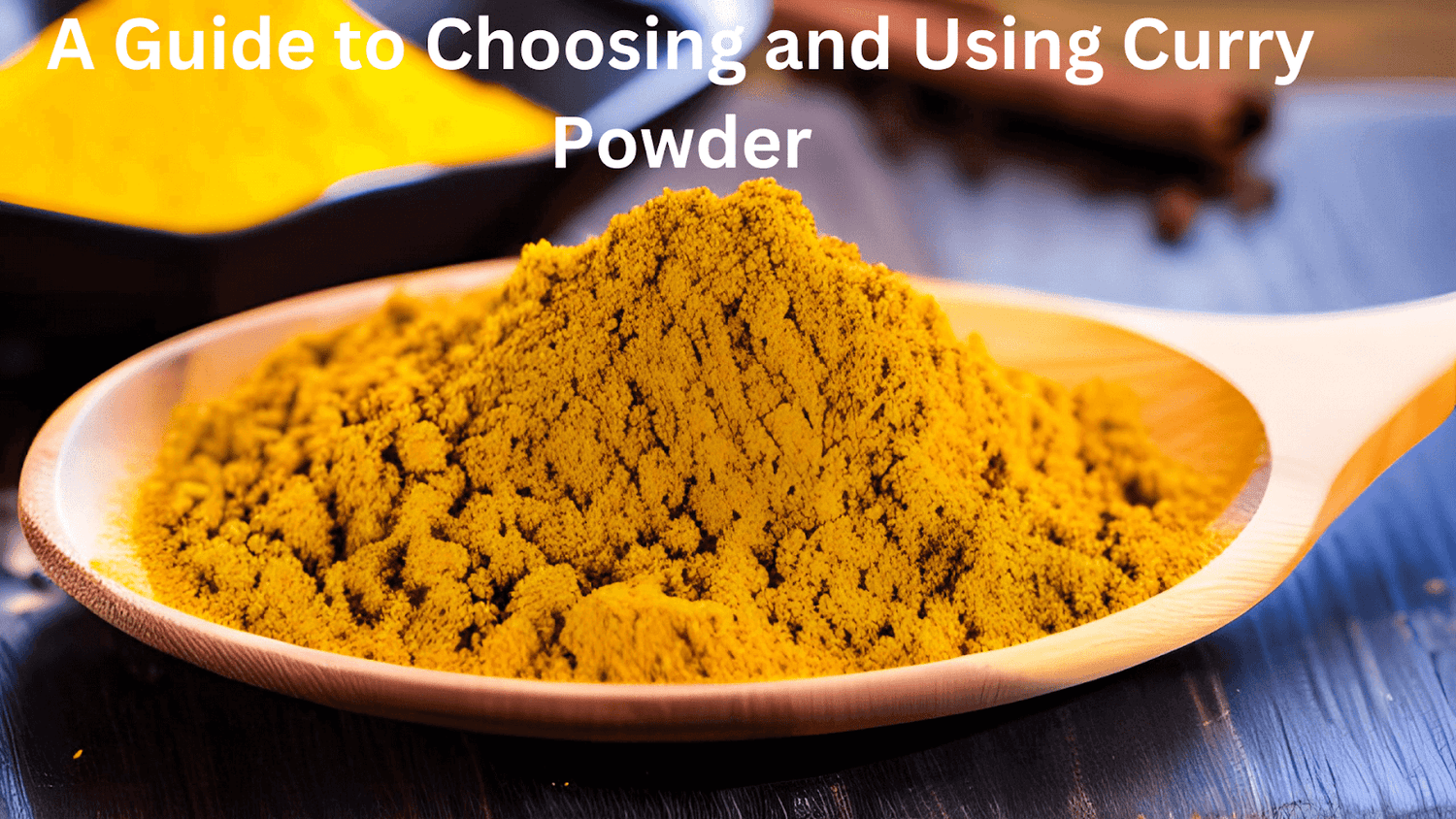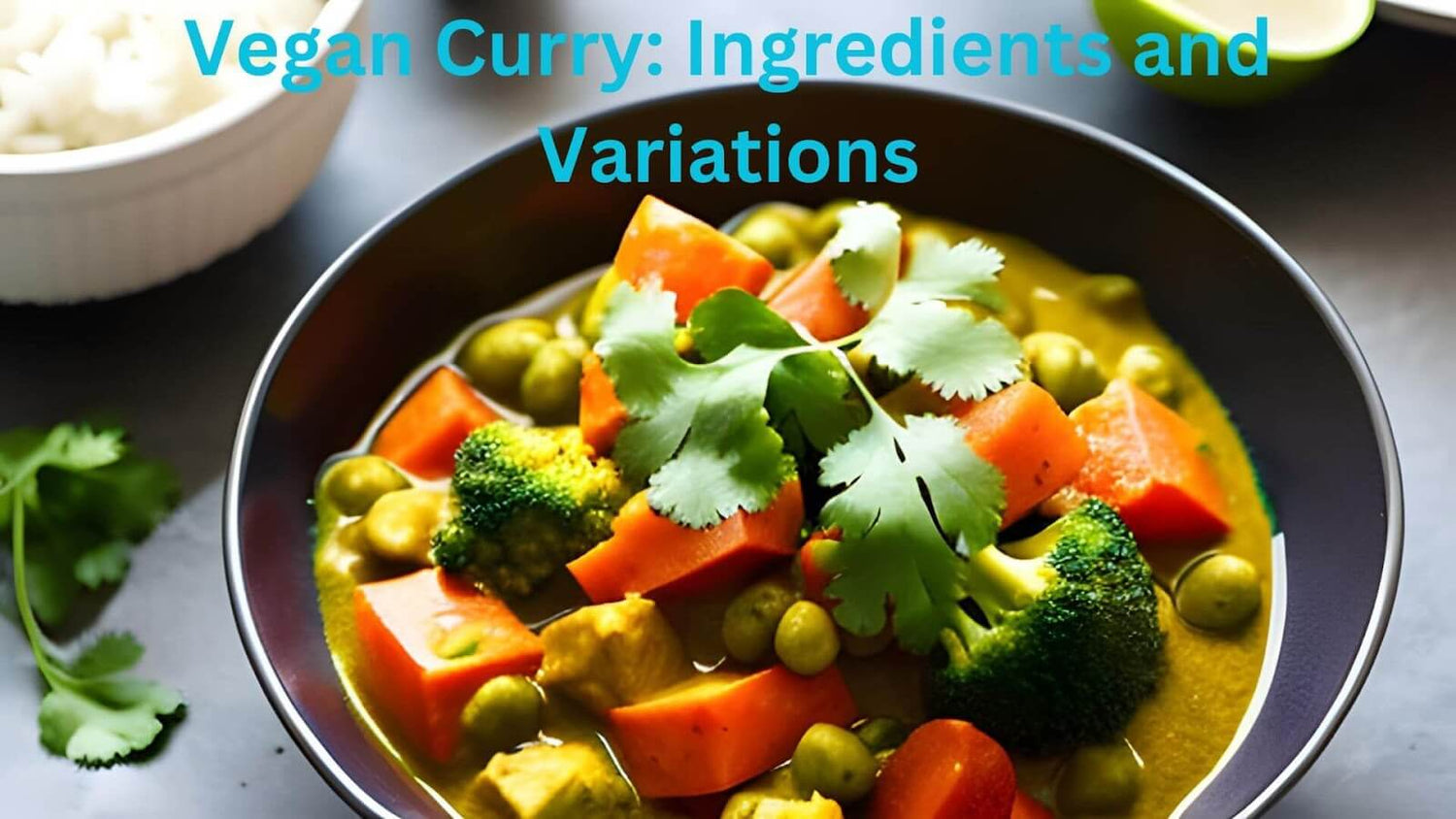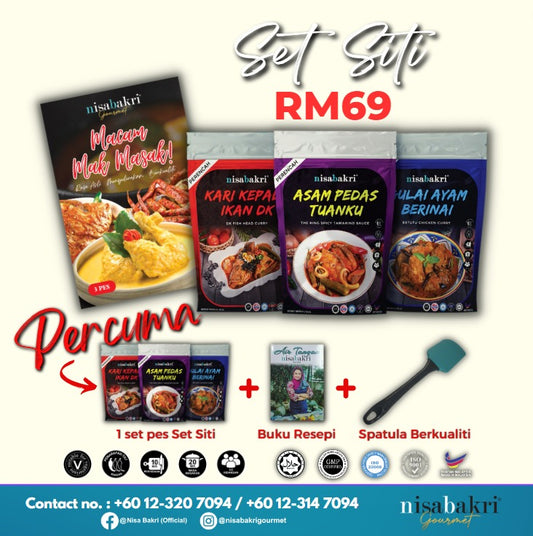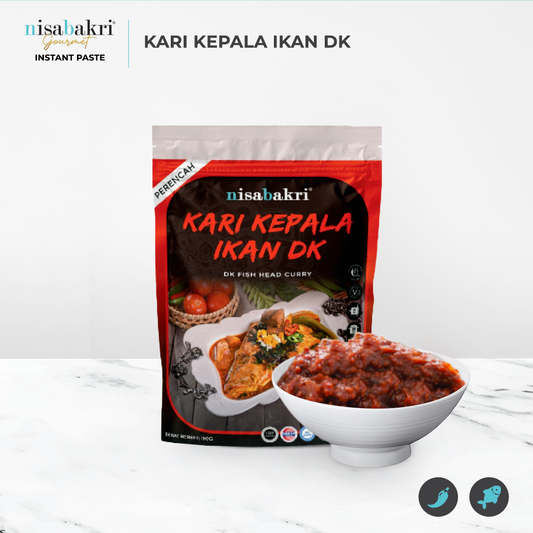Exploring the World of Curry: A Guide to Its History and Varieties
Curry is a popular dish that originated in the Indian subcontinent, but is now enjoyed all around the world. It typically consists of a combination of vegetables, meat, or seafood, cooked in a spiced sauce or gravy, and served with rice or bread.
The exact ingredients and preparation methods for curry can vary widely depending on the region and cultural traditions. However, some common spices and herbs used in curry include cumin, coriander, turmeric, ginger, garlic, and chili peppers.
Curry is often associated with the warm and complex flavors of Indian cuisine, but it has also been adapted and popularized in other parts of the world, such as Thailand, Japan, and the Caribbean.
Whether you prefer it mild or spicy, vegetarian or meat-based, there's a curry recipe out there to suit everyone's taste buds.
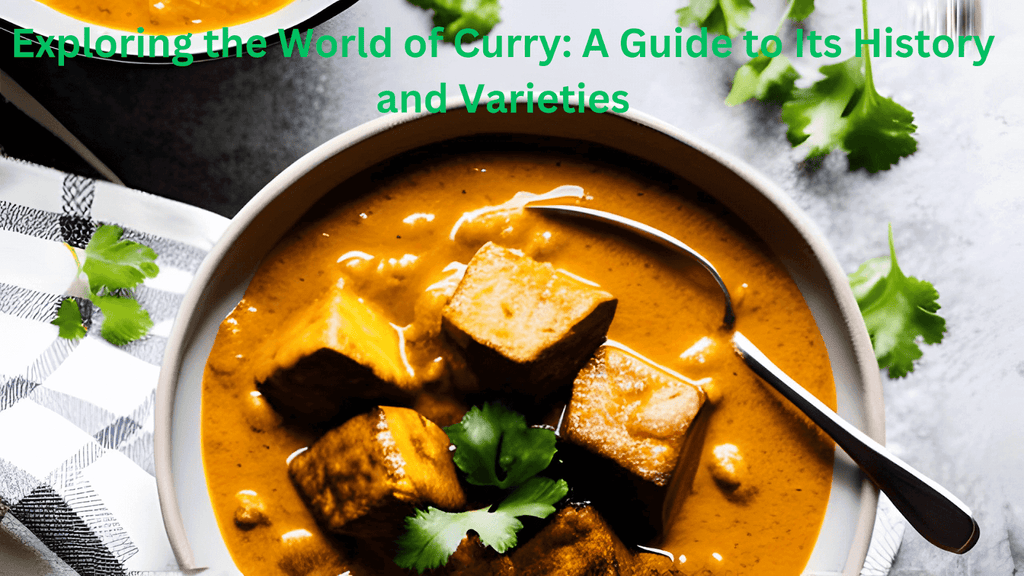
What is Curry?
Curry is a dish that typically consists of a mixture of spices and herbs, combined with vegetables, meat, or seafood, and cooked in a sauce or gravy. The dish originated in the Indian subcontinent, but it has since become popular all over the world, with variations and adaptations to suit the different regional style and cultural tastes.
The spices and herbs used in curry can vary widely, but some common easy ones include cumin, coriander, turmeric, ginger, garlic, and chili peppers. These ingredients are often toasted or fried in oil to release their flavors, and then combined with other ingredients to create a flavorful and aromatic sauce.
Curry can be made with a variety of ingredients, depending on personal preferences and dietary restrictions. Some common variations include curry chicken, vegetable curry, fish curry, and beef curry. It is often served with rice or bread, such as naan or roti, to soak up the flavorful sauce.
Overall, curry is a delicious and versatile dish that can be enjoyed in many different forms, from traditional Indian recipes to modern fusion dishes.
What are the different types of Curry?
Indian cuisine has a wide variety of curries that vary depending on the region and the ingredients used. Some popular Indian curries include butter chicken, tikka masala, vindaloo, korma, and saag.
Japanese curry is a milder and sweeter version of curry, often served with rice and katsu. It typically includes ingredients like onions, carrots, potatoes, and meat, and is flavored with a curry powder that has been adapted to Japanese tastes.
Thai curries are known for their bold and spicy flavors, their recipes which come from a mixture of fresh herbs and spices like lemongrass, galangal, and chili peppers. Some popular Thai curries include green curry, red curry, and panang curry.
Malay curries are a fusion of Indian, Chinese, and Malay flavors, and are often made with coconut milk, which gives them a rich and creamy texture. Some popular Malay curries include rendang, laksa, and curry kapitan.
Chinese curries are typically milder than other types of curry, and are often made with a mixture of spices like turmeric, cumin, and coriander, as well as ingredients like onions, garlic, and ginger. They can be made with meat, seafood, or vegetables, and are often served with rice or noodles.
What are the common ingredients in curry?
Turmeric
Turmeric is a bright yellow spice that is commonly used in curry dishes. It has a slightly bitter flavor and a warm, earthy aroma. Turmeric is often used in small amounts to add color to the dish, but it also has health benefits and is believed to have anti-inflammatory properties.
Cumin
Cumin is a spice with a warm, earthy flavor that is commonly used in curry powder blends. It adds depth and complexity to the dish, and is often used in combination with other spices like coriander and turmeric. Cumin is also believed to have digestive benefits and may help with flatulence and bloating.
Coconut Milk
Coconut milk is a creamy liquid made from the meat of coconuts. It is commonly used in Southeast Asian curries to add richness and creaminess to the dish. Coconut milk has a mild, slightly sweet flavor that pairs well with spicy and aromatic spices. It is also a good source of healthy fats and is a common ingredient in vegan and vegetarian curries.
What makes the Curry by Nasibakrigourmet special?
Unique spice blend
The spice blend used in a curry can make a big difference in its flavor profile. A unique blend of spices or the use of unusual spices could make a curry stand out from others.
Quality of ingredients
Using high-quality and fresh ingredients can greatly enhance the flavor of a curry. For example, using fresh herbs and vegetables or locally-sourced meat and seafood could make a curry taste fresher and more flavorful.
Cooking technique
The way a curry is cooked can also affect its taste and texture. Slow-cooking or braising the ingredients can create a richer and more complex flavor, while frying the spices first can bring out their aroma and intensify their flavor.
Some Popular Curry Dishes
- Butter Chicken
Butter chicken is a popular Indian curry dish that originated in the North Indian state of Punjab. It consists of boneless chicken that has been marinated in yogurt and spices, and then cooked in a creamy tomato-based sauce. The sauce is flavored with a blend of aromatic spices, including garam masala, cumin, and coriander, and finished with a touch of butter or cream. Butter chicken is usually served with rice or naan bread.
- Green Curry
Green curry is a popular Thai curry dish that gets its name from the fresh green chilies used to make the curry paste. The paste is made by blending together green chilies, lemongrass, galangal, garlic, and other herbs and spices. The paste is then cooked with coconut milk, vegetables, and meat or seafood, and finished with fresh basil leaves by following the recipe. Green curry has a rich, spicy, and slightly sweet flavor, and is usually served with rice.
- Japanese Curry
Japanese curry is a milder and sweeter version of curry, and is a popular comfort food in Japan. It is made with a curry roux, which is a mixture of flour, oil, and spices like cumin, coriander, and turmeric. The roux is then cooked with onions, carrots, potatoes, and meat or seafood, and served with rice. Japanese curry has a thick and smooth texture, and is often garnished with pickles or chopped scallions.
Conclusion
curry is a popular dish enjoyed around the world, with many different variations and flavors depending on the region. The ingredients used in curry can vary widely, but some common easy ones include turmeric, cumin, and coconut milk.
While I don't have specific information about Nasibakrigourmet's Curry, what could make their curry special are factors such as a unique spice blend, high-quality ingredients, and a specific cooking technique that sets it apart from other curries.
If you are a curry lover looking to try something new and unique, Nasibakrigourmet's Curry may be worth exploring. With a commitment to using high-quality ingredients and a focus on creating a unique and delicious flavor profile, their curry dishes could be a great addition to your culinary experience.
FAQ
1. What makes curry spicy?
Curry can be made spicy by adding chili peppers or other spicy ingredients such as ginger, black pepper, or mustard seeds. The level of spiciness can be adjusted according to personal preference by increasing or decreasing the amount of these ingredients.
2. Can you make a vegetarian curry?
Yes, vegetarian curries are quite common and can be made with a variety of vegetables, legumes, and spices. Instead of meat, vegetarian curries often add ingredients like tofu, paneer, or tempeh as a protein source.
3. What's the difference between Indian and Thai curry?
Indian curries are typically characterized by a complex blend of spices, including cumin, coriander, and turmeric, and are often cooked with ghee or other animal fats. Thai curries, on the other hand, typically use a pre-made curry paste as a base, which includes ingredients like lemongrass, galangal, and kaffir lime leaves. Thai curries are often cooked with coconut milk and are typically less spicy than Indian curries.
4. How do you store leftover curry?
Leftover curry can be stored in an airtight container in the refrigerator for up to 3-4 days or in the freezer for up to 2-3 months. To reheat, simply heat it in a pan or microwave until it is hot all the way through.
